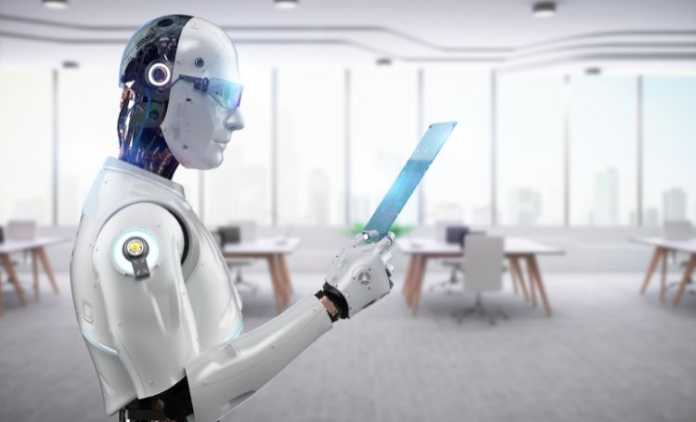There is no doubt that Artificial Intelligence is coming to the workplace. Companies are looking at ways to implement AI to make the workplace more efficient, more productive, and safer.
How are you going to prepare yourself to benefit from the coming revolution? If you learn how to take advantage of these next-generation tools, you can position yourself for the future.
Workplace Optimisation
There are companies today that specialise in workplace optimisation. They examine your workflow. They analyse risk areas within your organisation and recommend solutions in the form of exoskeletons and wearables to increase workplace safety and efficiency.
These devices not only assist workers to more easily and efficiently complete their tasks, but they also collect data to highlight health risks and hazards before they happen.
Using wearable technology can make your workplace safer, more productive and more efficient.
Customer Service
You’ve experienced customer service with a chatbot. They are clunky and can be unresponsive to customer feedback. At this point, they have limited usefulness, as they can only respond to customer queries with pre-written and programmed responses.
Large language models like Chat GPT are changing that. These systems can generate responses that are not preprogrammed. While they are not at the stage of full deployment, that is coming in the future.
Developers are looking to combine the flexibility of a large language model AI with the more highly controlled chatbot technology that currently exists.
Office Robots
Another new trend is the mobile office robot. Robots are already being employed in offices around the world, to perform mundane jobs.
Robots are becoming better at being able to move around office spaces safely and efficiently. This makes them ideal for a range of tasks
Service robots can make deliveries, clean floors and disinfect spaces. Building maintenance robots can roam the halls checking environmental factors, unlocked doors, and other potential security risks. Telepresence robots make it easier to connect with fellow workers whether on another floor or in another part of the country.
Brain Computer Interface
If you haven’t been living in a cave, you’ve heard of Neuralink. Elon Musk’s company is developing an implantable brain-computer interface.
According to Musk, his goal is to treat serious brain diseases by restoring ability to those affected. As of May 2023, the company received approval for human trials in the United States. Trials of this nature can only take place with the approval of the Food and Drug Administration.
The initial study is recruiting patients with paralysis. The BCI will allow recipients to control a computer keyboard or mouse using their thoughts alone.
Another company Synchron, has shown that its implant can be used by paralysed patients to do online banking, shopping and emailing.
A longer-term goal is human enhancement. At this stage, the individual would be able to access computer systems and artificial intelligence directly.
Although it is decades away, there is no doubt that this technology, if successful, will completely revolutionise not only the workplace but the entire human experience.


























